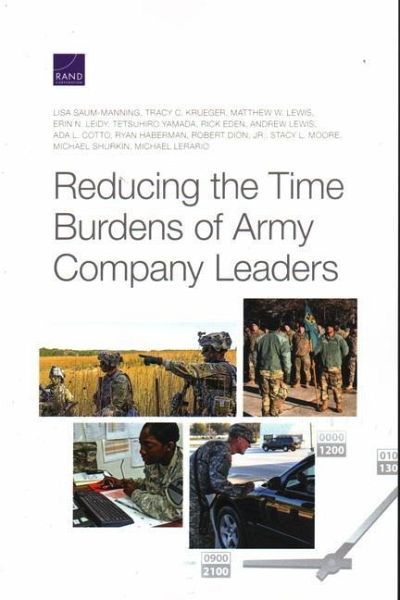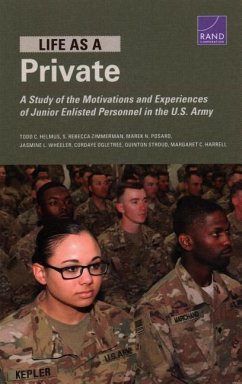
Reducing the Time Burdens of Army Company Leaders
Versandkostenfrei!
Versandfertig in über 4 Wochen
23,99 €
inkl. MwSt.

PAYBACK Punkte
12 °P sammeln!
U.S. Army company leaders have long been recognized as overworked. This report is intended to help the Army identify ways to reduce and manage the time burdens on Active Component company leaders in garrison by examining these leaders' time burdens.












